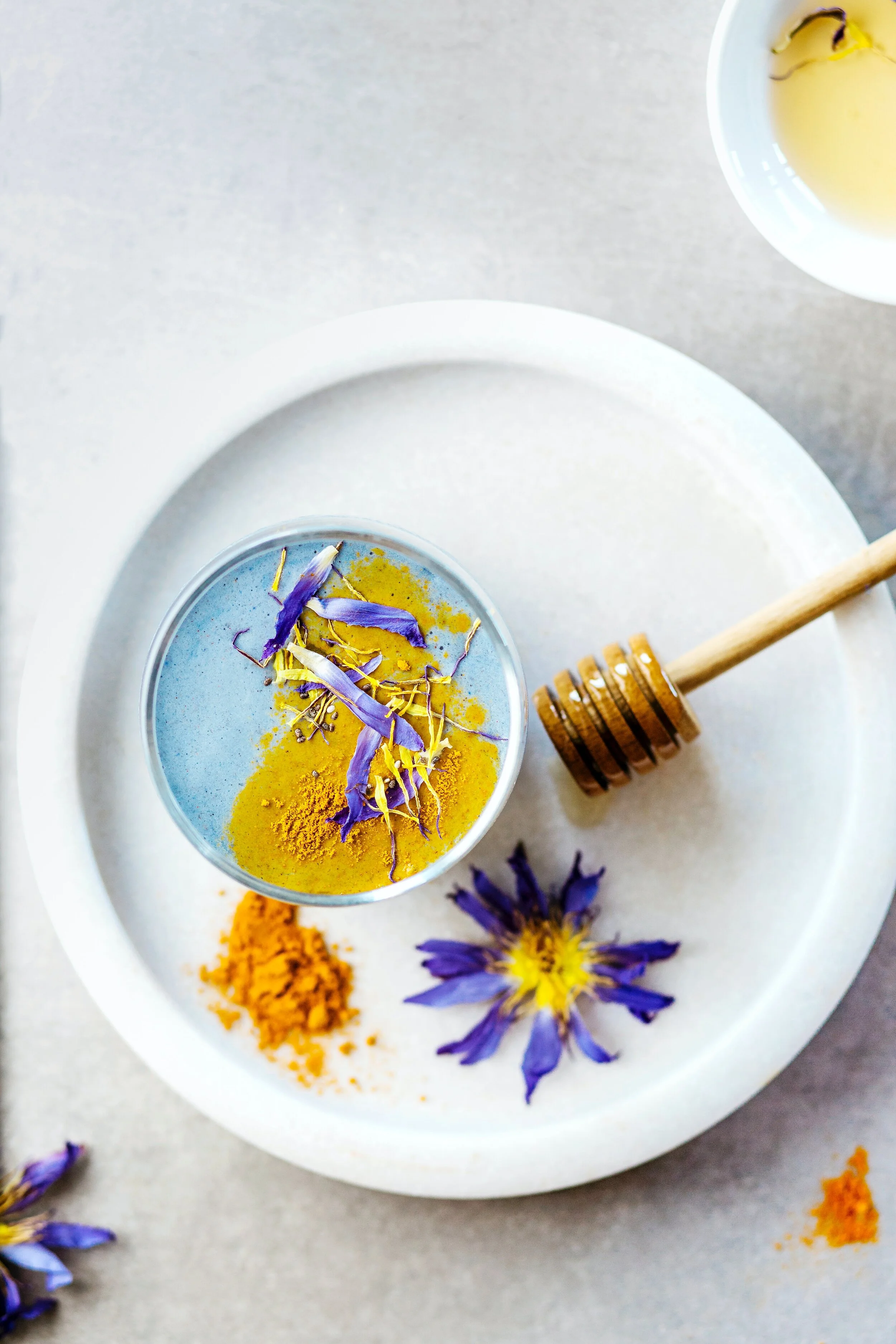8 Symptoms of High DHEA
DHEA stands for dehydroepiandrosterone, and It is one of your adrenal androgen hormones. Androgens are hormones that are high in men and lower in women. In addition to DHEA, the more common androgen you know of is testosterone. Testosterone is your ovarian androgen, and DHEA is your adrenal androgen hormone. Your adrenal glands are basically the stress response managers; they release cortisol – your main stress hormone. They are little glands that sit on top of the kidneys like hats. Due to this, the root cause of high DHEA levels is often linked to stress.
You may have also seen DHEA-S. DHEA is the active form of the hormone. DHEA-S is the inactive form (making up ~90% of the DHEA in your body). S stands for sulfur. So sulfur is added to DHEA to inactivate it. Your sulfur-rich foods are your cruciferous veggies like broccoli, broccoli sprouts, cauliflower, Brussels sprouts, kale, or arugula.
High DHEA symptoms can be similar to those of high testosterone. High testosterone’s root cause is blood sugar imbalances and insulin resistance, but blood sugar balance is also important to manage high DHEA. Imbalanced blood sugar can cause a cascade of inflammation and internal stress, so controlling and balancing blood sugar can help manage DHEA levels. Here we will discuss the symptoms of high DHEA so you will know if you need to change some of your lifestyle habits.
Source: 25022952
NUTRIENTS & HERBS TO EASE POLYCYSTIC OVARIAN SYNDROME NATURALLY
You may be wondering: “what are the main symptoms of high DHEA?”
Once you identify you symptoms the important question we need to be asking is: why is my DHEA high in the first place?
This is taking a root cause approach when it comes to understanding our health and hormones. When we answer this question, we are understanding what is driving the imbalance (which is showing up as symptoms in the body).
By addressing the root cause, not simply just the symptom (or the hormone imbalance for that matter), we can find long-term, sustained healing.
I’m here to help you have better periods, symptomless cycles, and optimize fertility (whether that’s now or in the future) all through simple nutrition and lifestyle shifts that feel simple, doable, and empowering (not overwhelming).
PRIVATE COACHING FOR BETTER PERIODS, SYMPTOMLESS CYCLES, & OPTIMAL FERTILITY
As always, I’m giving away my best hormone tips here, answering your burning questions, and letting you in on the what the science says.
This is the kind of insider info I share with all of my 1:1 coaching clients and students in my signature course, Heal Your Period.
I’m so passionate about sharing this info with anyone on a hormone healing journey, so I’m letting you in with all the info here!
So, let’s dive in into it!
work with me 1:1
What are symptoms of high DHEA?
Here are 8 symptoms of high DHEA:
1. Irregular Periods
A period is considered irregular if you have a cycle length more than 35 days and or if you do not get your period each month. Irregular periods are one of the symptoms of high DHEA because high levels of DHEA can inhibit ovulation. Androgens oppose our other reproductive hormones, estrogen and progesterone, which are necessary for healthy ovulation. Both estrogen and progesterone have their own way of promoting ovulation, but if either one is hindered or not produced enough, ovulation can not occur. It is vital to have a normal period because if you don’t, this is your body sending you a signal that there is something imbalanced with your hormones.
Source: 27459230
2. Acne
Another one of the symptoms of high DHEA is acne. In each pore of our skin, we have sebaceous glands that produce sebum, an oil-like liquid, which helps to moisturize and protect our skin. When too many dead skin cells collect on the top of the skin in conjunction with high amounts of sebum, this can create a clog in our sebaceous glands and will result in inflammation. Our body will respond to this inflammation by sending white blood cells to the clog's site, which forms the white-headed pimples called acne.
Dihydrotestosterone or DHT is made from a reaction between testosterone and DHEA. DHT is what causes an increase in sebum in the sebaceous glands. So elevated DHEA will promote the reaction to convert to more DHT. Certain acne medications are made to inhibit the DHEA, which will reduce sebum production and cause an overall decrease in hormonal acne.
The 5 alpha-reductase pathway is an enzyme that helps to convert testosterone and DHEA into DHT, which is an active form that causes acne production. This specific pathway is not the only way to produce DHT because the 5-beta pathway can be up to 3x less symptomatic for acne. There are also two forms of the 5 alpha-reductase pathway, type 1 and type 2. A study has found that the inhibition of type 1 5 alpha-reductase pathway reduces sebum production and hormonal acne.
Source: NIH, 20725580, 7636302
3. Hirsutism
Hirsutism is another one of the symptoms of high DHEA. Hirsutism is unwanted hair growth typically seen on the face or body and is a common symptom seen with PCOS. This condition occurs because of an increase in androgen production (could be testosterone or DHEA) in females. The reason for facial hair growth is that the hair follicles on the face will become overstimulated by a compound DHT due to high androgen levels. The follicles will, therefore, grow at a rapid rate and will also increase the pigmentation of the hair.
Source: 20418968
4. Oily Skin
Along with acne, oily skin can also be another one of the symptoms of high DHEA. As previously mentioned, testosterone and DHEA convert into DHT and this is what makes your skin produce more sebum. The sebum is an oil-like liquid, so this excess production of the sebum is what makes oily skin occur.
Source: 30881413, European Journal of Obstetrics and Gynecology
5. Anxiety
Anxiety is another one of the symptoms of high DHEA levels. Because of the aggressive nature that testosterone and DHEA can bring about at high levels, this can cause females specifically to gain anxious tendencies and episodes. The link between anxiety and high androgens can originate from women who may feel less confident and more stressed if they are dealing with additional symptoms related to high DHEA or testosterone like infertility, hair loss, facial hair growth, etc. In addition, estrogen and progesterone have protective effects on our mood when they are balanced, so when DHEA is high these reproductive hormones are low.
Source: 24076484, Harvard Health
6. Fatigue
Fatigue is another one of the symptoms of high DHEA because of adrenal exhaustion. When we are stressed over a long period of time, we will produce a lot of cortisol, which can overwork and exhaust our adrenal glands. Having the adrenals to continue to produce cortisol all day over time will exhaust the gland and lead to adrenal exhaustion. Feelings of low energy, brain fog, and confusion are all symptoms of adrenal exhaustion and fatigue. Cortisol harms estrogen and progesterone, and since stress is the precursor to DHEA, this leads to elevated DHEA levels.
7. Long Menstrual Cycle
A long menstrual cycle is similar to an irregular period, but it is a step down from it. A long menstrual cycle is when you have a total cycle length longer than 35 days. This duration is measured from the first day you bleed until the next period’s first day of bleeding. A long menstrual cycle is the result of delayed ovulation and is why it is one of the symptoms of high DHEA. Delayed ovulation is better than no ovulation, but the time frame should be somewhere between 21 to 35 days. The elevated DHEA levels may not be as dramatic here, but they are high enough to throw off the balance of estrogen and progesterone.
8. Hair Loss
Lastly, hair loss is another one of the symptoms of high DHEA. Female hair loss is due to the hair follicle shrinking in size and increasing in terminal follicles. DHT, though promotes facial hair growth, it is also the opponent of head hair follicles. The more DHEA, the more DHT, and as a result, the more it will create hair loss and shrink the hair follicle.
Source: 18044135, American Hair Loss
FINAL THOUGHTS
There are many several signs and symptoms of high DHEA.
The main foundations when it comes to lowering DHEA naturally is focusing on blood sugar balance and supporting the stress response in the body.
Remember: simple shifts build to make a big impact over time!
Healthy DHEA levels are possible for you.
-Krista
ways to work with me
KRISTA KING, MS, RDN, LDN, IFNCP
If you’re looking for individualized support for period problems, PCOS, endometriosis, stopping birth control, and/or fertility I’m your person! I have select spaces each month for:
Krista is an integrative dietitian helping you have regular, pain-free periods, symptomless cycles, and optimal fertility! Together we cover: nutrition, exercise, sleep, stress management, cycle tracking, supplements, navigating doctor appointments, and lab testing.
My signature online program, Heal Your Period is open for enrollment!
This is your personalized solution for regular, pain-free periods, symptomless cycles, & optimal fertility (now or later), without complicated, soul-sucking protocols, lists of foods you can’t eat, or spending tons of $$$ on unnecessary supplements.
Heal Your Period is an online course with access to me to answer your burning hormone questions each month! Watch this for a special savings offer!






























